Even though there are dozens of different experts that work on the appearances of characters in movies, they aren’t immune to making mistakes. And in the end, viewers may catch these fails in makeup or costume choices that couldn’t have possibly existed during the time in which the movie was set.
We at Bright Side decided to watch some of our favorite movies and read some fashion history books to find the mistakes makeup artists and costume designers have made in popular films.
Gone with the Wind
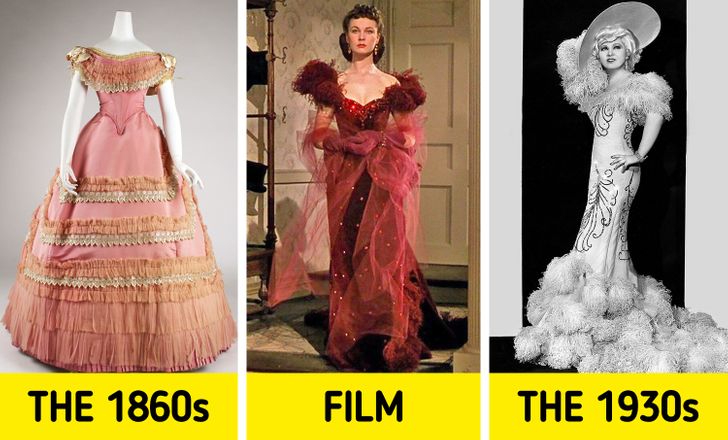
No matter how trendy Scarlett O’Hara was, she couldn’t have predicted the clothing trends for decades in advance. Her famous slim-fitting red dress with feathers and rhinestones has nothing to do with Civil War fashion — it was inspired more by styles from the 1930s and 1940s.
Julius Caesar
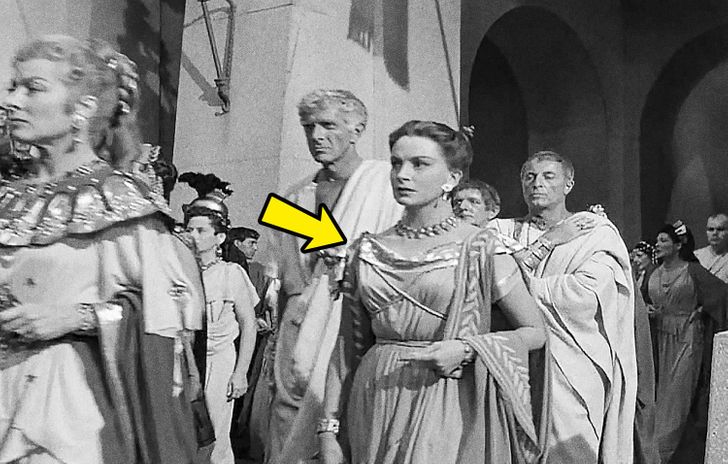
In the 1953 film, most of the female characters wore extravagant bullet bras. In Ancient Rome, women would wear a strophium, a prototype for the modern bra, but these weren’t bullet bras.
Legends of the Fall
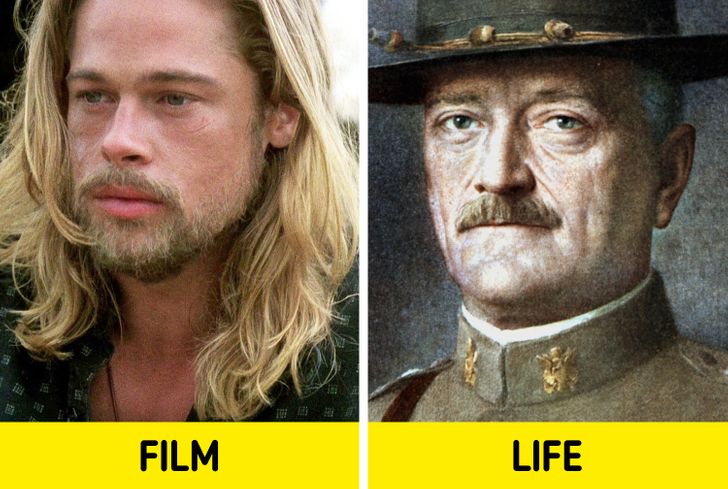
Trying to create a romantic look, costume designers ignored the historical facts. Brad Pitt’s character has beautiful blonde hair and facial hair but these things were unacceptable for the time period. More and more men were choosing to don big mustaches and short hair at this time.
King Arthur
The film, which is set in the fifth century, portrays knights in heavy metal armor. But until the fourteenth century, such armor was made of leather, and only mail armor was made of metal.
Harry Potter and the Order of the Phoenix

The film is about events that happened in the ’90s and the clothes look pretty accurate, however, they’re still not perfect. Dudley Dursley is wearing G-Unit shorts — a brand that was created by 50 Cent in 2003.
Hello, Dolly!
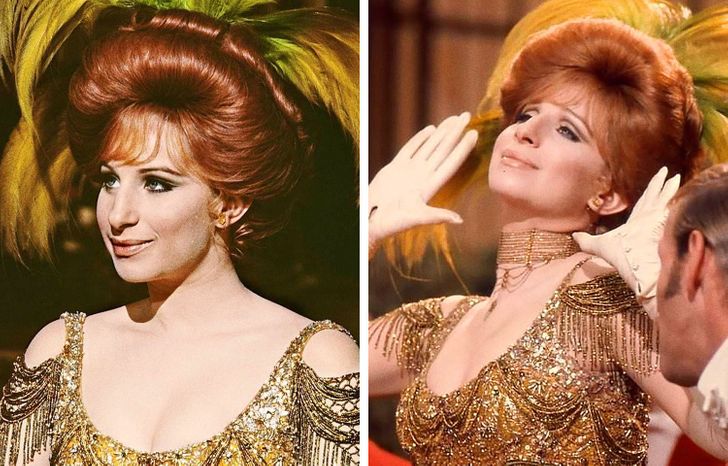
The movie is set in New York at the end of the nineteenth century when such a hairstyle, lip gloss, and eye makeup didn’t exist. But the movie still got 3 Oscars and became one of the most important films of the decade.
Queen Margot
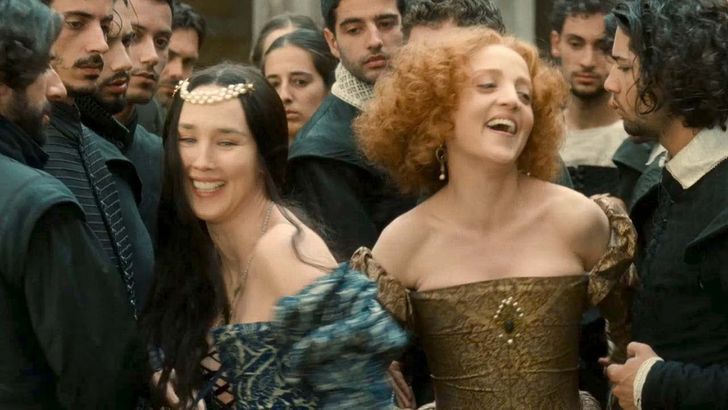
Throughout the entire film, the characters are wearing beautiful dresses with open shoulders. They look great but in the sixteenth century, women never ignored shifts (or chemise in French). These pieces of clothing protected them from the cold, absorbed sweat, and were really easy to wash.
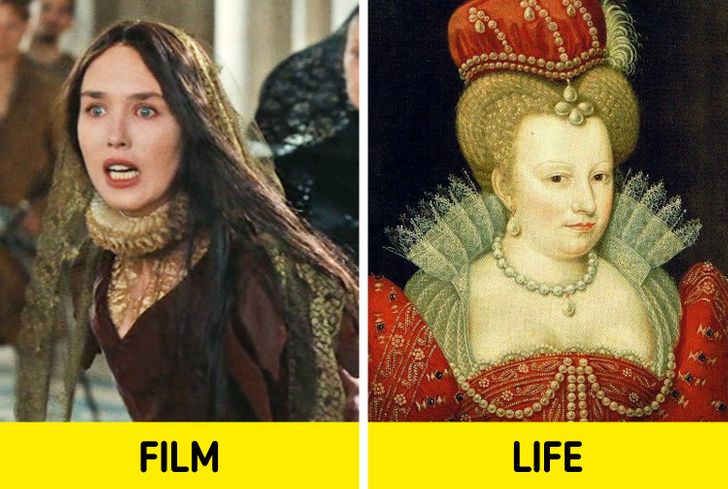
Another mistake costume designers made was the way the main character’s hair was let down. Based on the few portraits we have of Margaret of Valois, she had curly hair that she wore up.
The Danish Girl
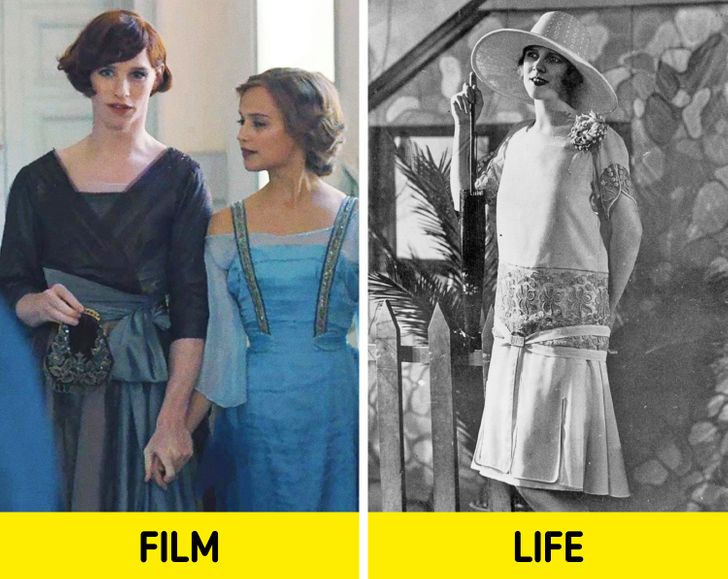
The Danish Girl starts in 1926 but in the first half of the film, we see women in slim-fitting clothes that have nothing to do with the fashion of the 1920s.
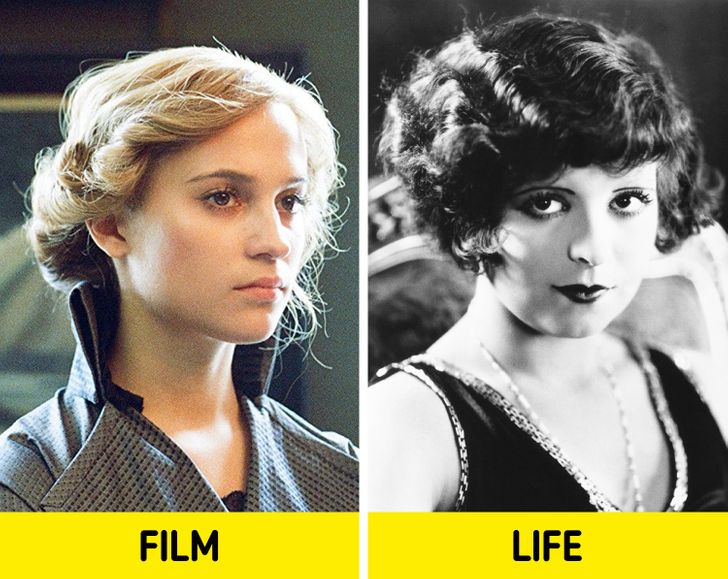
At the beginning of the film, Gerda has a hairstyle that was actually quite outdated for the setting that favored waved or bobbed hair.
A Dangerous Method
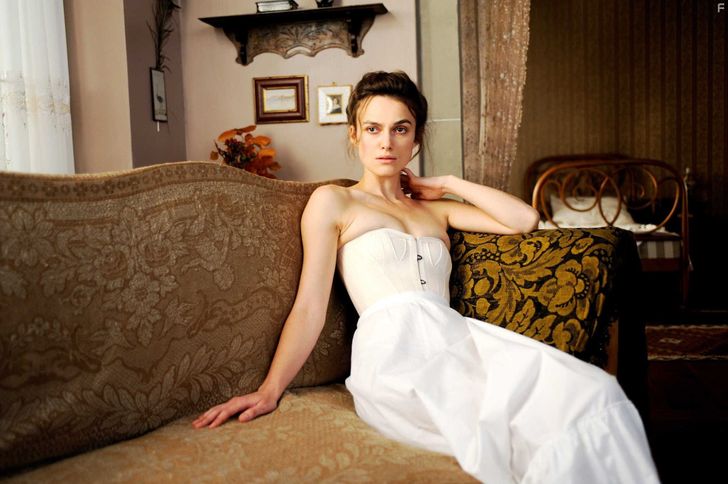
In one scene, Keira Knightley appears only in her corset, which is a contradiction to the original rules that came along with wearing this piece of clothing. A woman would never wear a corset alone.
Bonus: Mary Queen of Scots
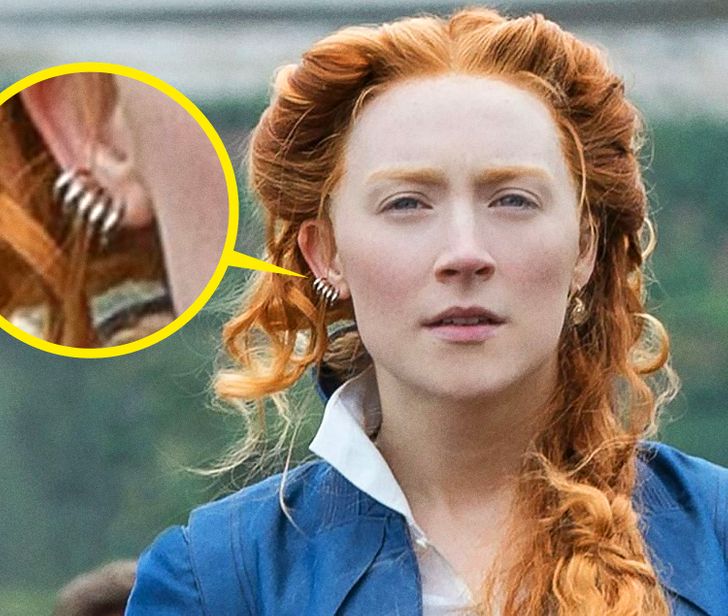
In Mary Queen of Scots, Saoirse Ronan is wearing asymmetric earrings, which were non-existent in sixteenth-century Scotland.
In your opinion, do you think such mistakes are serious or no big deal?
Preview photo credit A Dangerous Method / Recorded Picture Company
The True Reason Why an Indian Man Has Been Holding His Arm Up Since 1973
“I don’t ask for much,” said this man who has held his arm up for 50 years now. We were deeply amazed by his extraordinary gesture, and upon discovering the real purpose behind it, we couldn’t help but eagerly share his story with our beloved readers.
Meet Amar Bharati.

A devoted Indian ascetic by the name of Amar Bharati has been tirelessly advocating for world peace for 50 years, all the while maintaining a remarkable gesture of raising his right hand in the air without ever lowering it.
A sadhu, which is a revered religious ascetic or holy individual in Hinduism (and occasionally in Buddhism and Jainism), is someone who has willingly renounced all worldly desires.
Mr. Bharati, previously a married man with three children who worked as a clerk in New Delhi, made a life-altering decision in 1970 when he resigned from his job and parted ways with his family and friends. His profound commitment led him to dedicate his existence to Shiva, one of the central deities of Hinduism, often referred to as “the primordial yogi.”
Next, he conceived a gesture that would become universally recognized.
Starting in 1973, he began raising his arm as a profound symbol of his unwavering devotion and as a powerful statement to actively advocate for peace and oppose conflicts worldwide. In his unconditional commitment, he endured excruciating pain for two long years, resulting in his arm losing all sensation and the muscles therein wasting away.
Indian sadhus frequently embark on the most rigorous forms of penance, demanding exceptional self-discipline, all in the pursuit of attaining liberation and enlightenment, referred to as Moksha in the Indian spiritual context.
Today, Bharati’s arm stands as a testament to his enduring resolve. It has become a mere skeletal structure, and his once-nails have transformed into spiraling claws.
In a candid interview, the wise sadhu shared his heartfelt message, saying, “I do not ask for much. Why are we fighting our sons among ourselves? Why is there so much hatred and enmity between us? I just want all Indians and the whole world to live in peace with each other.”
One can only fathom the immense pain he must have endured throughout his incredible journey. It is precisely these acts of extreme self-discipline and the underlying motivations behind them that have piqued the interest of individuals outside of India, even drawing the attention of historical figures such as Alexander the Great.
Mr. Amar has adapted to life with his raised arm.

He lives as if his arm is missing, using his other hand for everything, like eating, getting dressed, and bathing. Although it’s not easy, Amar firmly believes that this way of life brings him closer to Shiva and encourages people to think about being more peaceful in their daily routines.
“If you try to lower Bharati’s hand you will cause him real pain, not physical but spiritual, for he believes that his eternal salute does indeed promote world peace,” one of his acquaintances explained. Another individual addressed the practical aspect, pointing out that there’s a physical challenge as well. The cartilage in his elbow has dried out, making any attempt to move his arm a potential risk to his joint.
in his devoted pursuit of peace.
Before you go, make sure to read another article where we explain why rocking a peace sign in your photos can put you in danger.
Preview photo credit ERIC LAFFORGUE / Alamy Stock Photo



Leave a Reply